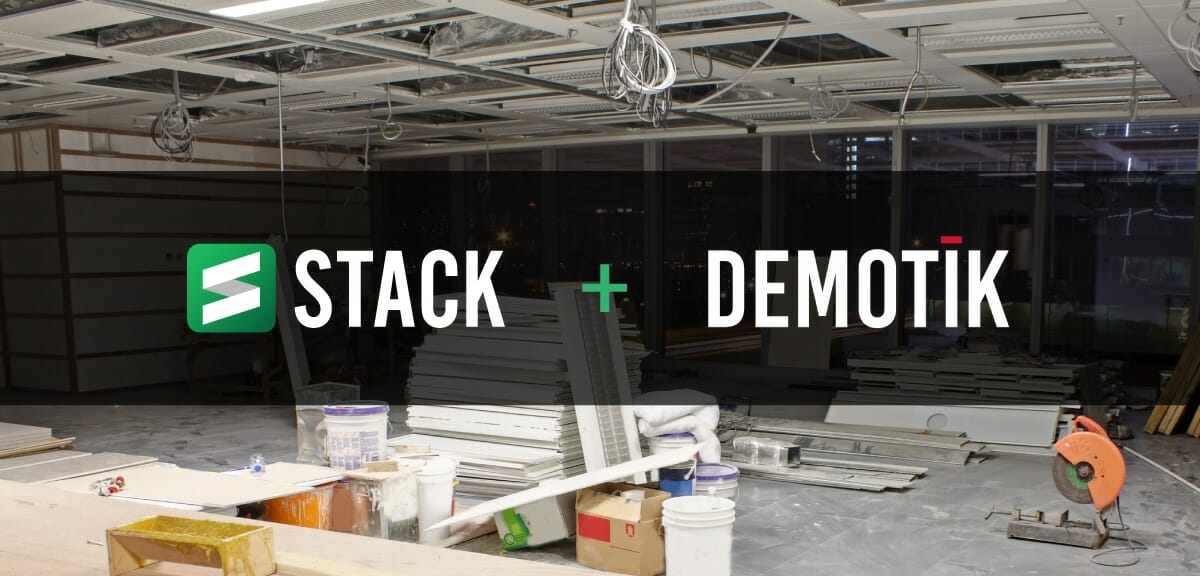
You know you need to adopt new and better technology to stay competitive in an intense construction market, but how can you get organizational buy-in from your executive team?
At large construction companies, getting all stakeholders on the same page as far as digital tools and tech adoption can be tough. Here are some reasons why it can be such a struggle as well as strategies you can use to get your team onboard.
Challenges with Adopting New Tech in the Construction Industry
There are a lot of reasons construction professionals resist new technology adoption, including:
– Opposition to change (if it’s not broken, don’t fix it mindset)
– Concern over lack of time or resources for implementation
– Minimal company adoption of existing tools
– Doubt over ease of use of tech tools
– Cost
If you’re running up against any of these objections to new tech, think about how to address the one that’s causing your exec team to lose the most sleep. If they’re worried about cost, focus on the opportunities that are slipping through your company’s hands due to missing tools. If they balk at the complexity of software, make time to show them how simple the tool will be.
When to Buy New Construction Technology
You might be ready to sign the contract for your favorite new technology right away, but don’t jump on the bandwagon without determining if it will truly benefit the construction company as a whole, as well as considering a timeline that makes sense for all stakeholders.
Existing Platform Limitations
If you’re currently using manual methods, such as pencil and paper or in-house spreadsheets, you’re definitely due for a construction technology implementation stat. However, if you’re currently using an older tool, think about the limitations you’re facing. The more complaints you have about your current solution, the more likely it is that you’ll benefit from moving forward quickly on a new platform.
Renewal Cycles
While you should certainly ditch your inefficient tool as soon as possible, what you don’t want is to be stuck paying for two platforms for too long and only using one. So, dig up that old contract and mark down the date by which you need to submit cancelation. You’ll want to plan to have your new tech of choice up and running by the time your old subscription ends.
Your Company’s Seasonal Cycles
Ideally, you’ll begin your search for new tech as your busy season wraps up, and compare, select, and onboard before it ramps up again. Make sure to set deadlines for your search committee and enforce them, so that you’re not caught without a solution when you need it most.
Growth and Scaling
If you’re planning to go after a higher volume of jobs, more complex projects, or hire new staff to handle significant expected growth in the next year, start your search for new tools right away. It will be best to have them in place in advance to increase efficiency as the workload spikes, and you want to train new hires on one platform rather than having them waste time learning the old tool only to need to train them again on the new one.
Accounting Considerations
Check with your accounting and finance departments to determine if there’s a better time of year to purchase a new software subscription. Often, end-of-year purchases can be used to the company’s advantage on taxes.
How to Evaluate and Present New Construction Tech for Purchase Approval
Resistance to organizational change is a real problem in the construction industry, but you can overcome it in your company with strategic planning. Make sure you’re fully informed and prepared to make your case for software before presenting to senior leaders.
Start with a committee of stakeholders who are aligned on the need for new tech, and work together to determine everything you need and would like from a new tool. Think about:
– Specific features you need the platform to be capable of
– Problems in your current workflow and how a software tool could solve them
– Other software currently in use at your company (within and beyond your department) that the tool should integrate with
– How the team will react to a new tool and how best to onboard users
– Future company plans and goals, and how the new software will enable growth
– What kinds of support you’ll need and want from a technology vendor
Use the results from these discussions to begin drafting a Request for Proposals that you’ll send out to potential providers. You’ll ask each vendor to self-score on all of your required and preferred features by a specific date.
Not sure where to start with an RFP draft? Use this free customizable template.
Evaluating Construction Technology Vendor Proposals
Once you’ve received proposals from 3-5 vendors, it’s time to compare them. The best way to do so is to establish a scoring system for the features you’ve identified, as well as other intangible aspects of the software company.
For each area of functionality (specific features, customer support, company reputation, etc.), your evaluation system should indicate whether it is extremely important, very important, important, nice to have, or not important at all.
Based on each vendor’s response (and your own analysis), their level of compliance on each potential function will result in an overall score that can then help you narrow down the best candidates. If more than one platform meets all your required criteria, you’ll need to use your discretion to determine which will be the best in terms of added value to the company.
How to Create a Presentation on New Construction Technology Features for Purchase Approval
When you’ve selected your top software choice, it’s time to make your case to senior leaders. Only you know the best way to approach your executive team, but you might consider a PowerPoint presentation with visuals comparing the options you evaluated along with a quick live demonstration of your top pick.
To begin your presentation, touch on the pain points your team has identified in your existing workflow, and then transition to a positive angle as you discuss how the new solution will alleviate your current issues.
To add weight and data to your presentation, you can show a chart of how each potential vendor scored and why you’re championing the one you’ve chosen. This free RFP template includes built-in graphs to represent your scores, which you can copy into your deck.
Be sure to proactively address objections you anticipate, such as budget, time to implement, etc. Your vendor may be able to provide statistics and other information to help relieve these concerns. Stay on topic, be concise, and confidently convey why adopting this new tech will improve workflow and increase revenue.
Calculating Your ROI for Upgraded Construction Technology
One essential part of making the business case for new software is always going to be budget and ROI. Senior leadership will want to know that the investment made in a new tool is worth it. ROI calculation isn’t an exact science, but you can get a clear idea if you take all factors into account.
For takeoff software, for example, you can start with your bid-win ratio. How many more bids would you need to submit to increase that number? How many more bids would a software tool allow you to submit in a given time period?
That’s not the only thing at play, however. Think also about cost savings from scaling without needing to add personnel, the elimination of print costs, and the ability to focus on more profitable projects due to higher accuracy rates in your bids. With the right software, your company might even attract and retain more skilled workers, reducing the costs of employee turnover.
The right construction technology can transform your company, so wherever you see the need, don’t wait to start the change initiative for your team.








